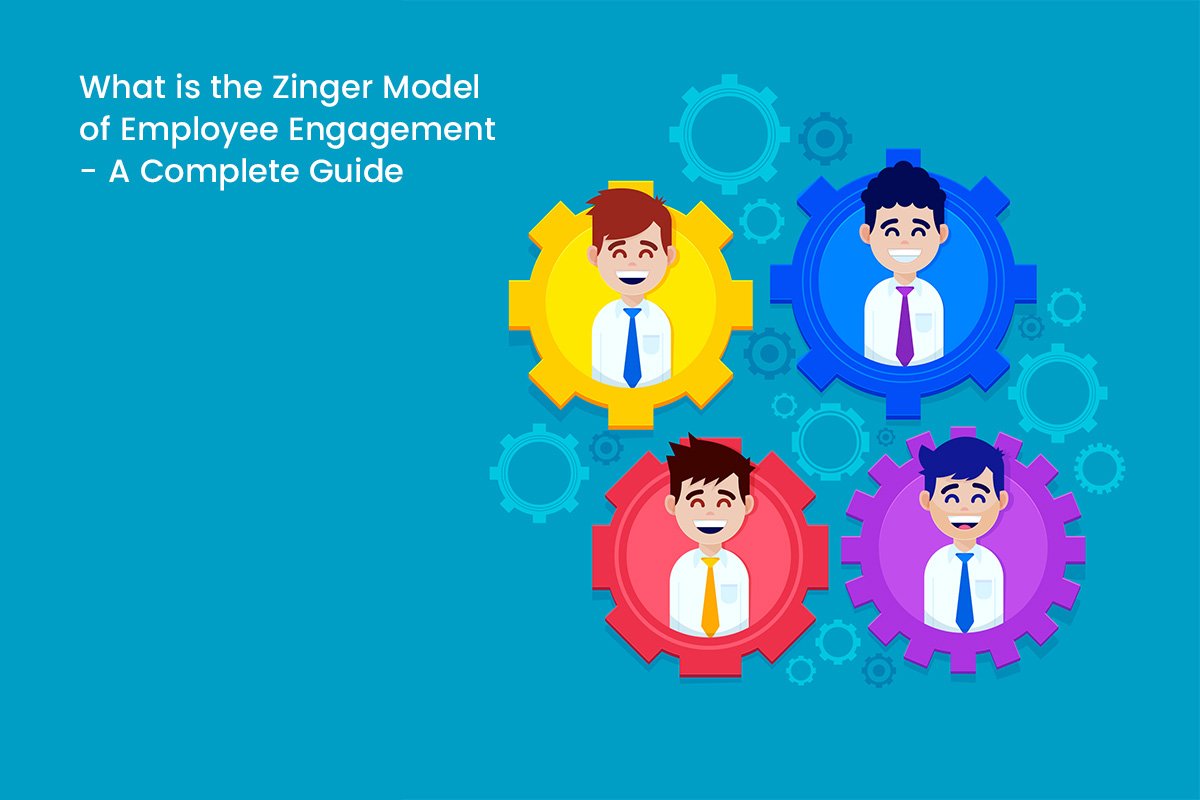The Essence of Employee Engagement
Employee engagement encapsulates the heart of a thriving workplace, where employees are not merely participants but enthusiastic contributors. It is a dynamic concept that goes beyond the traditional work relationship, focusing on creating an environment where employees are emotionally invested in their roles and share a profound connection with the organization’s values, mission, and vision. The essence of employee engagement lies in fostering a culture where individuals are not just motivated by tasks, but are inspired to give their best and contribute to the collective success.
Benefits of a Highly Engaged Workforce
A highly engaged workforce is a powerful asset that can significantly impact an organization’s success and growth. Here are some key benefits of fostering employee engagement:
- Enhanced Productivity: Engaged employees are more focused, driven, and committed to producing quality work.
- Increased Innovation: An engaged workforce is more likely to share ideas, leading to innovation and continuous improvement.
- Improved Employee Retention: Engaged employees are less likely to leave, reducing turnover costs and retaining institutional knowledge.
- Elevated Employee Morale: Engaged employees experience higher job satisfaction, leading to a positive workplace atmosphere.
- Enhanced Customer Satisfaction: Engaged employees provide better customer service, directly affecting customer loyalty.
An Introduction to Dr. David Zinger
Dr. David Zinger is a prominent figure in the field of employee engagement. With extensive experience as an educator, speaker, and consultant, he has made significant contributions to the understanding and application of engagement principles. Dr. Zinger’s work emphasizes the importance of a holistic approach to engagement that considers cognitive, emotional, behavioral, and social aspects.
The Genesis and Evolution of the Zinger Model
The Zinger Model of Employee Engagement emerged from Dr. David Zinger’s deep insights and research into the intricacies of engagement. It has evolved as a comprehensive framework that addresses the multidimensional nature of engagement, offering organizations a structured way to foster a culture of involvement and dedication among their employees.
The Four Key Pillars of the Zinger Model
1. Cognize: Understanding the Cognitive Element
This pillar emphasizes the importance of clear communication and shared understanding between employees and the organization. It involves aligning individual goals with organizational objectives, fostering a sense of purpose and direction.
2. Cultivate: Nurturing Emotional Connection
Cultivating engagement involves creating an emotional bond between employees and their work. Organizations must create an environment that values emotional well-being, provides support, and encourages positive emotions.
3. Contribute: Fostering Behavior and Action
This pillar focuses on empowering employees to contribute actively and meaningfully to the organization’s success. It involves recognizing and celebrating contributions and providing avenues for employees to make a visible impact.
4. Collaborate: Embracing Social Interaction
Collaboration and social interaction are crucial for engagement. Building a sense of belonging and community helps employees connect with colleagues and the organization on a deeper level.
Steps to Integrate the Zinger Model into Organizational Culture
1. Assess Current State: Evaluate the organization’s current engagement levels and identify areas for improvement.
2. Align with Values: Ensure the model aligns with the organization’s core values and mission.
3. Communication Strategy: Develop a clear communication plan to introduce the model and its pillars to all employees.
4. Training and Development: Provide training and resources to help employees understand and apply the model’s principles.
5. Recognition and Celebration: Incorporate recognition and celebration mechanisms that reinforce engagement efforts.
6. Continuous Evaluation: Regularly assess engagement levels and adjust strategies based on feedback and results.
Case Studies and Real-Life Applications
LMN Manufacturing – Aligning Employee Goals with Company Vision
Background: LMN Manufacturing, a global manufacturing company, struggled with low employee morale and a lack of alignment with the company’s vision. The Zinger Model was chosen to bridge this gap.
Implementation: LMN Manufacturing focused on the Cognize and Contribute pillars of the Zinger Model. They revamped their communication strategy to provide employees with a clearer understanding of the company’s long-term vision. Regular town hall meetings and interactive workshops were conducted to facilitate discussions and gather employees’ input on strategic decisions.
Results: The Zinger Model implementation led to positive shifts within LMN Manufacturing. Employee morale improved as employees felt a stronger connection to the company’s vision. The company also observed an increase in proactive contributions from employees, resulting in operational improvements and cost-saving initiatives. Employee retention rates saw a modest increase, signifying improved engagement and commitment.
Conclusion
These case studies highlight how organizations across different industries have successfully applied the Zinger Model to address specific challenges and enhance employee engagement. By focusing on elements like emotional well-being, collaboration, and aligning employees’ efforts with organizational goals, these companies achieved positive outcomes that benefited both their workforce and their overall performance.
Assessing and Measuring Zinger Model Engagement
Assessing Zinger Model engagement involves using a combination of qualitative and quantitative measures. Surveys, feedback sessions, performance evaluations, and tracking key performance indicators can help gauge the effectiveness of engagement initiatives aligned with the model.
Advantages and Challenges of the Zinger Model
Advantages:
- Comprehensive Approach: The model addresses various dimensions of engagement, ensuring a holistic perspective.
- Tailored Application: The model can be customized to fit the unique needs and culture of different organizations.
Challenges:
- Implementation Effort: Integrating the model requires time, resources, and commitment from leadership and employees.
- Continuous Maintenance: Sustaining engagement efforts and preventing complacency may pose challenges.
The Future of Employee Engagement: Zinger Model Evolution
The Zinger Model continues to evolve to adapt to changing workplace dynamics and employee needs. As workplaces become more diverse and remote, the model may incorporate new ways to foster emotional connection and collaboration across geographical boundaries.
Empowering Organizations Through the Zinger Model
The Zinger Model empowers organizations to create workplaces where employees are not just engaged, but also find purpose, fulfillment, and a sense of community. By adopting this model, organizations can enhance both employee well-being and business performance.
Join SFA in Transforming Communities Through CSR Collaboration
Join SFA in our CSR collaboration to contribute to positive community transformation. Together, we can make a meaningful impact and create a better future for all.







Post a Comment